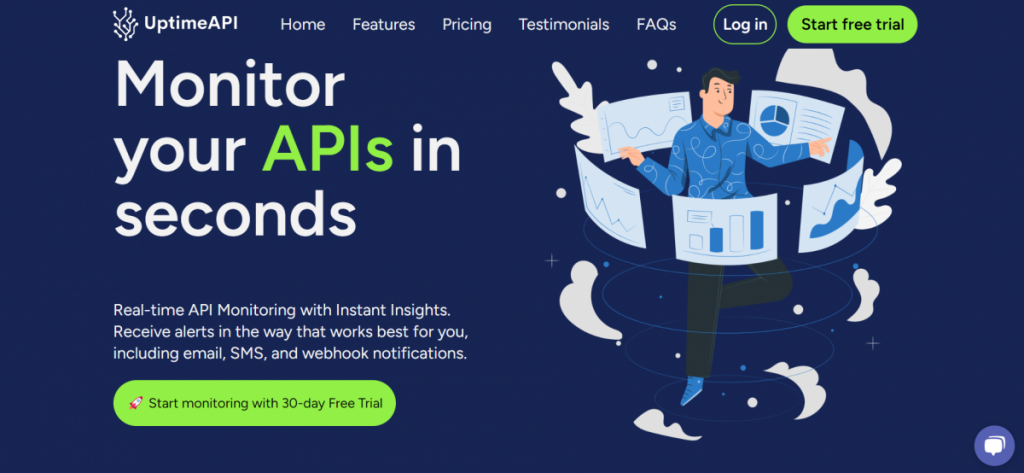In the ever-evolving landscape of software development and data-driven applications, the pivotal role of Application Programming Interfaces (APIs) cannot be overstated. APIs have become the lifeblood of digital interactions, serving as the connective tissue that facilitates seamless communication between diverse systems and applications. With this growing reliance on APIs, the need for effective API monitoring has reached new heights. This article embarks on a journey to explore the art and science of Monitor An API effectively, offering insights, strategies, and best practices to ensure that your API ecosystem operates at peak efficiency.
Key Aspects of Effective API Monitoring
Real-time Data Gathering and Analysis
In the fast-paced world of modern software, real-time data gathering and analysis have become the cornerstone of effective API monitoring. To achieve this, it is imperative to leverage advanced monitoring tools that offer real-time insights into API performance, traffic, and usage. These tools go beyond basic logging and provide a holistic view of your API ecosystem, offering granular information about every transaction, request, and response.
Proactive Issue Detection and Resolution
Automated alerting systems can be configured to send instant notifications when predefined thresholds are breached or when unusual patterns are detected. This proactive approach ensures that you are alerted to potential problems in real time, allowing for swift intervention and issue resolution. Furthermore, establishing effective incident response protocols is crucial. It is not enough to merely detect issues; organizations must have a well-defined plan in place to address and resolve them.
Scalability and Performance Optimization
Load testing involves subjecting your APIs to simulated traffic to evaluate their behavior under various conditions. This process helps identify potential bottlenecks and scalability limitations, allowing organizations to make informed decisions about resource allocation and infrastructure scaling.
Use Uptime API To Monitor An API
Uptime API is a cloud-based API monitoring service that helps you ensure the availability, performance, and functionality of your APIs. It does this by sending regular HTTP requests to your API endpoints. Then, it verifys the response. It also provides a variety of features to help you troubleshoot problems and improve the performance of your APIs, including:
-Real-time monitoring: It monitors your APIs 24/7. Also, it alerts you if there is a problem.
-Global coverage: It has monitoring servers located all over the world.
-Detailed metrics: It provides detailed metrics on the performance of your APIs, including response time, throughput, and error rates.
-Customizable alerts: You can customize the alerts that you receive from Uptime API based on your specific needs.
You just have to register on the Uptime API website and start monitoring with a 30-day Free Trial. Then create a new “Monitor” and complete the required data: API’s name, URL, HTTP Method, Monitor Timeout, Monitor Interval, etc. Finally, the service will monitor your API by regularly checking the status to ensure they are up and running as expected.
Watch this video:
In conclusion, effective API monitoring is indispensable for organizations seeking to deliver robust and reliable digital experiences. By focusing on real-time data gathering, proactive issue detection, scalability, and adherence to best practices, you can navigate the complex world of APIs with confidence, ensuring that your API ecosystem operates at its peak efficiency, and your users experience seamless interactions.
Read this post: How Does The Best AI Text To Image Generator API Work In 2024



